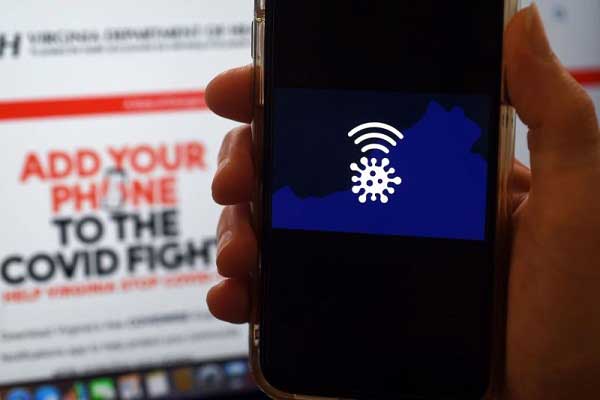 Scientists from the Faculty of Medicine of the University of Chile have determined that a PCR test on a cell phone can effectively detect COVID-19.
Scientists from the Faculty of Medicine of the University of Chile have determined that a PCR test on a cell phone can effectively detect COVID-19.
Santiago de Chile.- The study, in which specialists from the Institute of Ophthalmology at University College London also participated, indicates that the results of the test on the cell phone are similar to those of a nasopharyngeal analysis on the owner of the device.
The research, published in the British journal Nature's E-life, indicates that this is a reliable method for identifying Covid-19, as the method, called Phone Screen Testing (PoST), matches the results of standard PCR tests by more than 90 percent.
Luis Quiñones, the specialist coordinating the research, pointed out that this percentage is given in case the person has a low viral load, which makes it possible to think of configuring a non-invasive method of diagnosis and also an alternative to the antigen test, which is less sensitive.
The method was devised by Rodrigo Young, a Chilean biochemist who works at the British university center, and was developed with the participation of the University of Chile and the Great Ormond Street Hospital in London.
It all started with an investigation to find out how surfaces were contaminated with the coronavirus, using personal items such as cell phones and computers, since they receive the exhalation of users and digital contact.
They used 540 samples, including nasopharyngeal swabbing and swabbing of the participants' cell phone screens, which were processed in the laboratory to establish whether there was a correlation between the person's positive sample and that of their phone, which was corroborated.
The multidisciplinary team then processed the second group of 764 samples, in which the validation protocols were tested using sensitivity and specificity analyses.
The specialist explained that the sensitivity analysis sought to determine whether the percentage of people who appear as positive for the infection also have samples collected from their cell phones with the same result.
The specificity analysis, on the other hand, was aimed at finding out if the surface sample correctly detects the negative cases, which coincided in 98 percent. (RHC)






